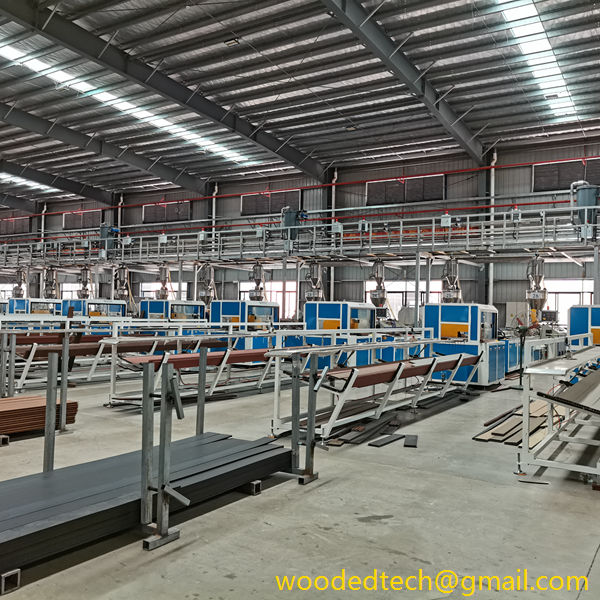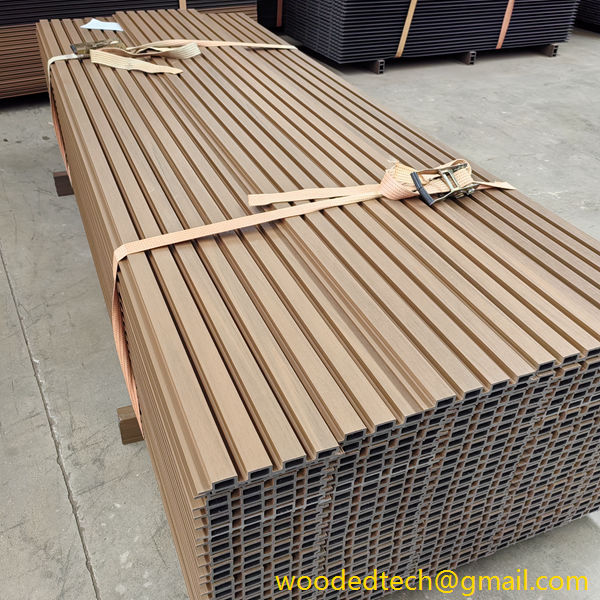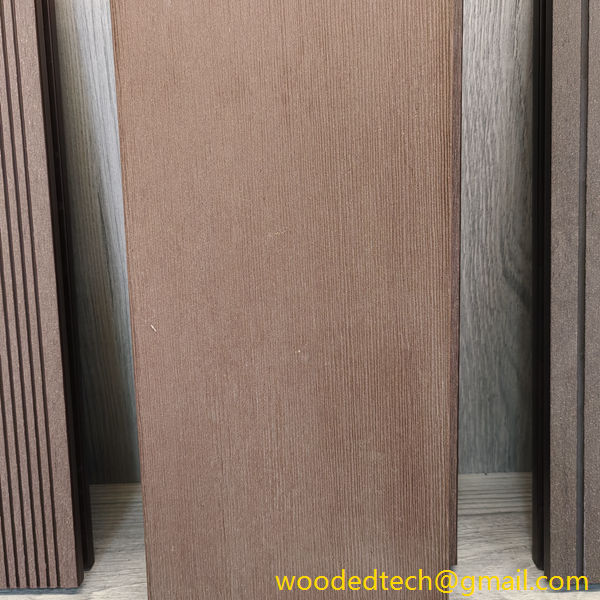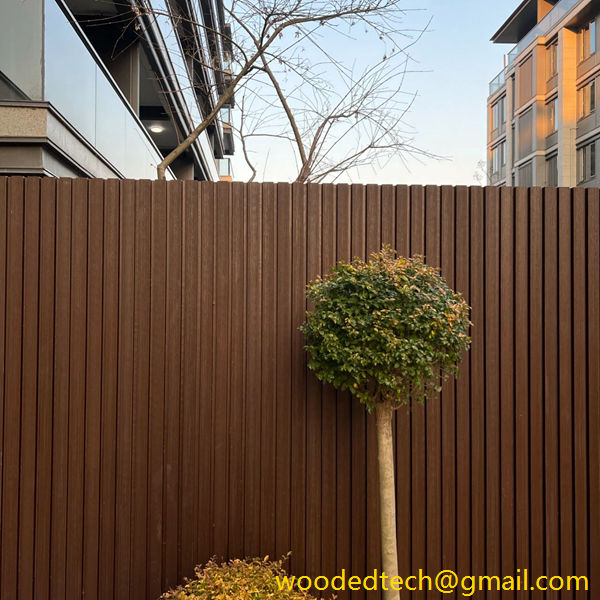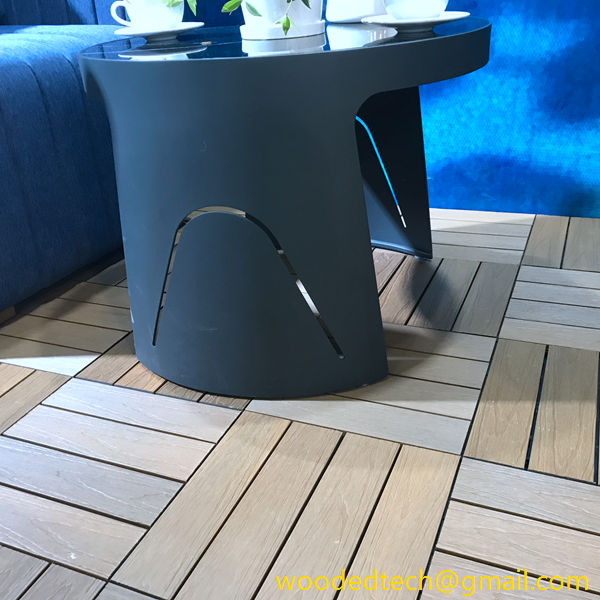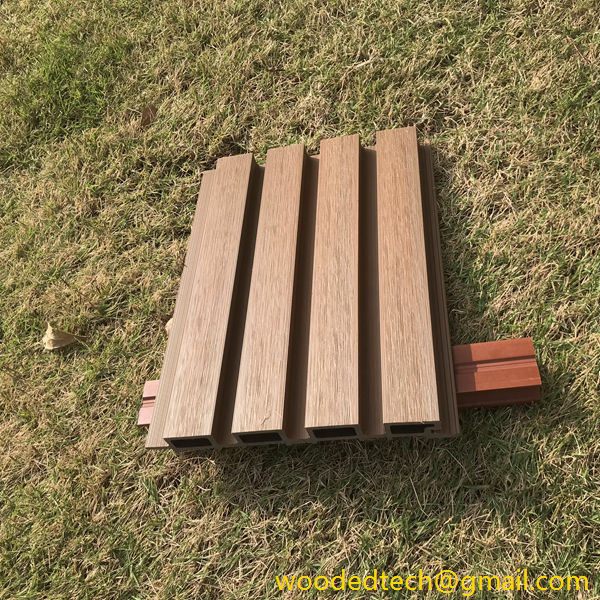WPC Fluted Cladding Options
Wood Plastic Composite (WPC) fluted cladding has emerged as a popular choice in both residential and commercial construction, driven by its unique combination of aesthetic appeal, durability, and sustainability. This innovative material offers a wide range of applications, making it a versatile option for architects, designers, and builders alike. In this discussion, we will explore the various market applications of WPC fluted cladding, highlighting its benefits and potential uses across different sectors.
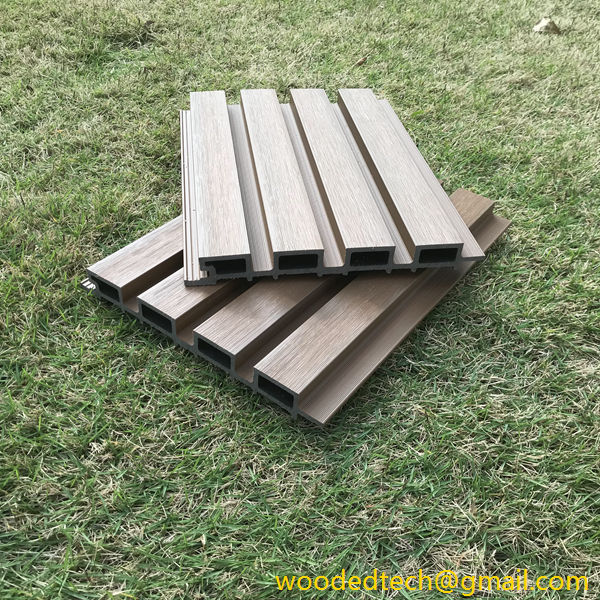
One of the primary advantages of WPC fluted cladding is its ability to mimic the appearance of natural wood while providing enhanced durability. Traditional wood cladding can be susceptible to weathering, rot, and insect damage, which can lead to increased maintenance costs over time. WPC fluted cladding, on the other hand, is engineered to withstand the elements, making it an ideal choice for exterior applications. This property is particularly valuable in regions with harsh climates, where traditional materials may struggle to maintain their integrity.
In residential construction, WPC fluted cladding can be used to create stunning facades that enhance curb appeal. Homeowners are increasingly seeking materials that provide a modern look while being environmentally friendly. WPC is composed of recycled wood fibers and plastic, reducing the demand for virgin materials and minimizing the environmental impact of construction projects. The availability of various colors and finishes allows homeowners to customize their exteriors, enabling them to achieve a unique aesthetic that reflects their personal style. 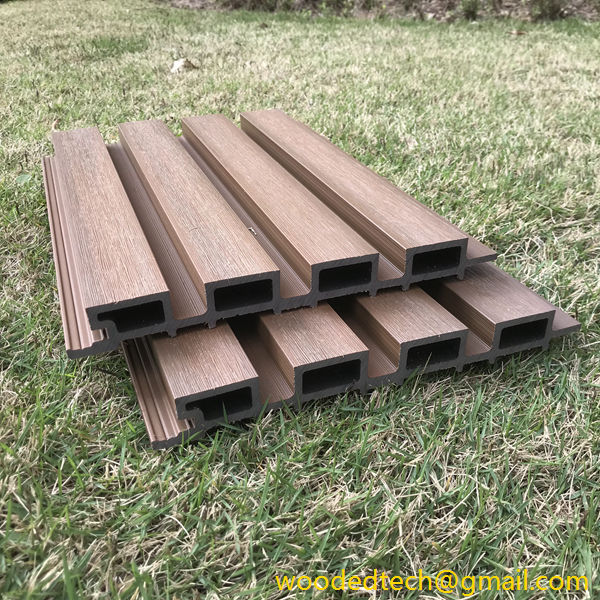
Commercial buildings also benefit from the use of WPC fluted cladding. Businesses are often looking for materials that not only look good but also offer long-term performance. WPC cladding can be installed in a range of commercial settings, from office buildings to retail spaces. Its resistance to fading and staining makes it an excellent choice for high-traffic areas, where traditional materials may show wear and tear more quickly. Moreover, the lightweight nature of WPC makes it easier to transport and install, reducing labor costs and project timelines.
In addition to its practical benefits, WPC fluted cladding offers significant design flexibility. The fluted profile creates visual interest and texture, allowing architects and designers to play with light and shadow in their designs. This feature can be particularly appealing in contemporary architecture, where clean lines and innovative materials are often favored. The versatility of WPC means that it can be used in various design styles, from traditional to modern, making it a favorite among industry professionals.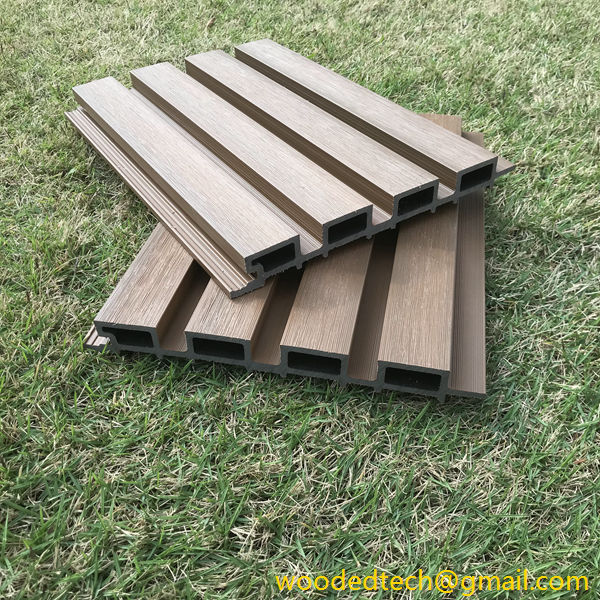
Another important market application for WPC fluted cladding is in outdoor spaces. Decking, pergolas, and fences made from WPC are gaining popularity due to their durability and low maintenance requirements. Homeowners looking to enhance their outdoor living areas can benefit from the use of WPC cladding as it can withstand the elements without warping or splintering. Furthermore, the material is resistant to mold and mildew, ensuring that outdoor spaces remain attractive and functional year-round.
In addition to residential and commercial applications, WPC fluted cladding is increasingly being used in industrial settings. Factories, warehouses, and distribution centers can benefit from the durability and fire resistance of WPC materials. The use of fluted cladding can enhance the aesthetic appeal of industrial buildings, transforming what is often perceived as a utilitarian space into a more inviting and visually appealing environment. This aspect can be particularly important for businesses that prioritize branding and customer experience.
Sustainability is a key consideration in today’s construction industry, and WPC fluted cladding aligns well with this trend. As consumers become more environmentally conscious, the demand for sustainable building materials is on the rise. WPC cladding not only incorporates recycled materials but also contributes to energy efficiency. By using WPC for cladding, buildings can achieve better thermal insulation, potentially reducing heating and cooling costs. This aspect is particularly appealing for both residential and commercial projects aiming for green certifications.
The market for WPC fluted cladding is also being influenced by advancements in manufacturing technology. As production processes improve, the quality of WPC materials continues to enhance, allowing for greater customization and durability. Manufacturers are now able to produce cladding options that are not only visually appealing but also engineered for specific performance criteria. This progress opens up new avenues for innovation in design and application, further solidifying WPC’s position in the building materials market.
In conclusion, WPC fluted cladding presents a multitude of market applications across various sectors, including residential, commercial, industrial, and outdoor environments. Its blend of aesthetic appeal, durability, sustainability, and design flexibility makes it an attractive choice for builders and homeowners alike. As the construction industry continues to evolve, the demand for innovative materials such as WPC is likely to grow, offering exciting opportunities for manufacturers and end-users. By embracing WPC fluted cladding, stakeholders can contribute to a more sustainable future while enjoying the benefits of a high-performance building material. The combination of functionality and style that WPC offers positions it as a leading choice in modern construction projects, paving the way for its continued popularity in the years to come.

